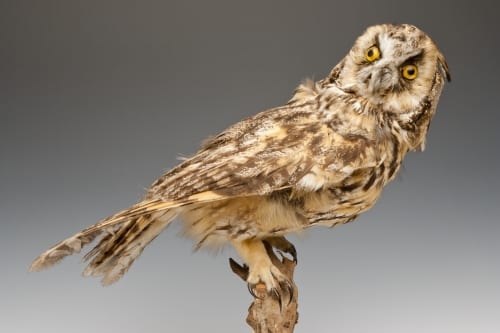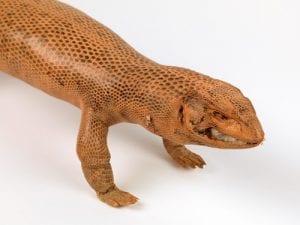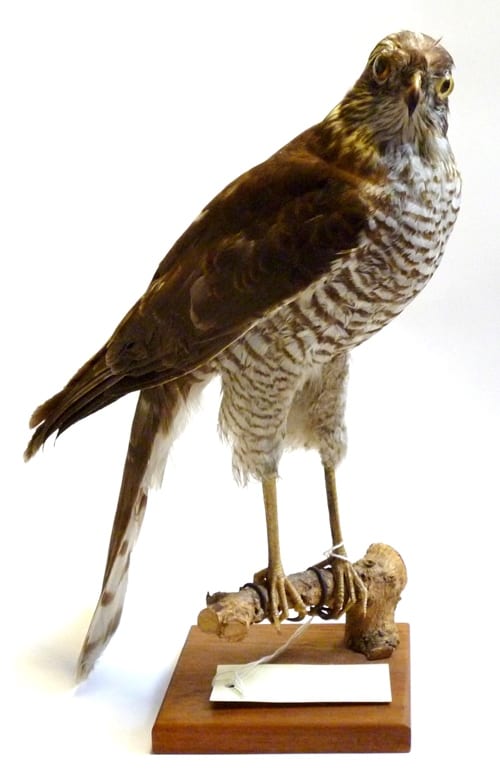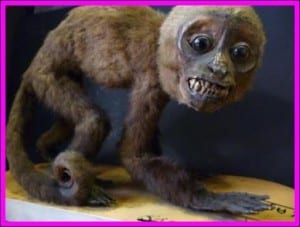Specimen of the Week 351: The carrion crow
By Nadine Gabriel, on 13 July 2018
Hello everyone! I’m very sad to say that this is my last Specimen of the Week post because my internship finishes at the end of July. My final specimen is a carrion crow, and it was collected from a road on the Isle of Anglesey, Wales in 1993, and then donated to us in 2008 by the Museum of London. The purpose of the donation was “to fill a gap in the bird teaching material”. Read on to find out more about this magnificent bird…
 Close
Close











